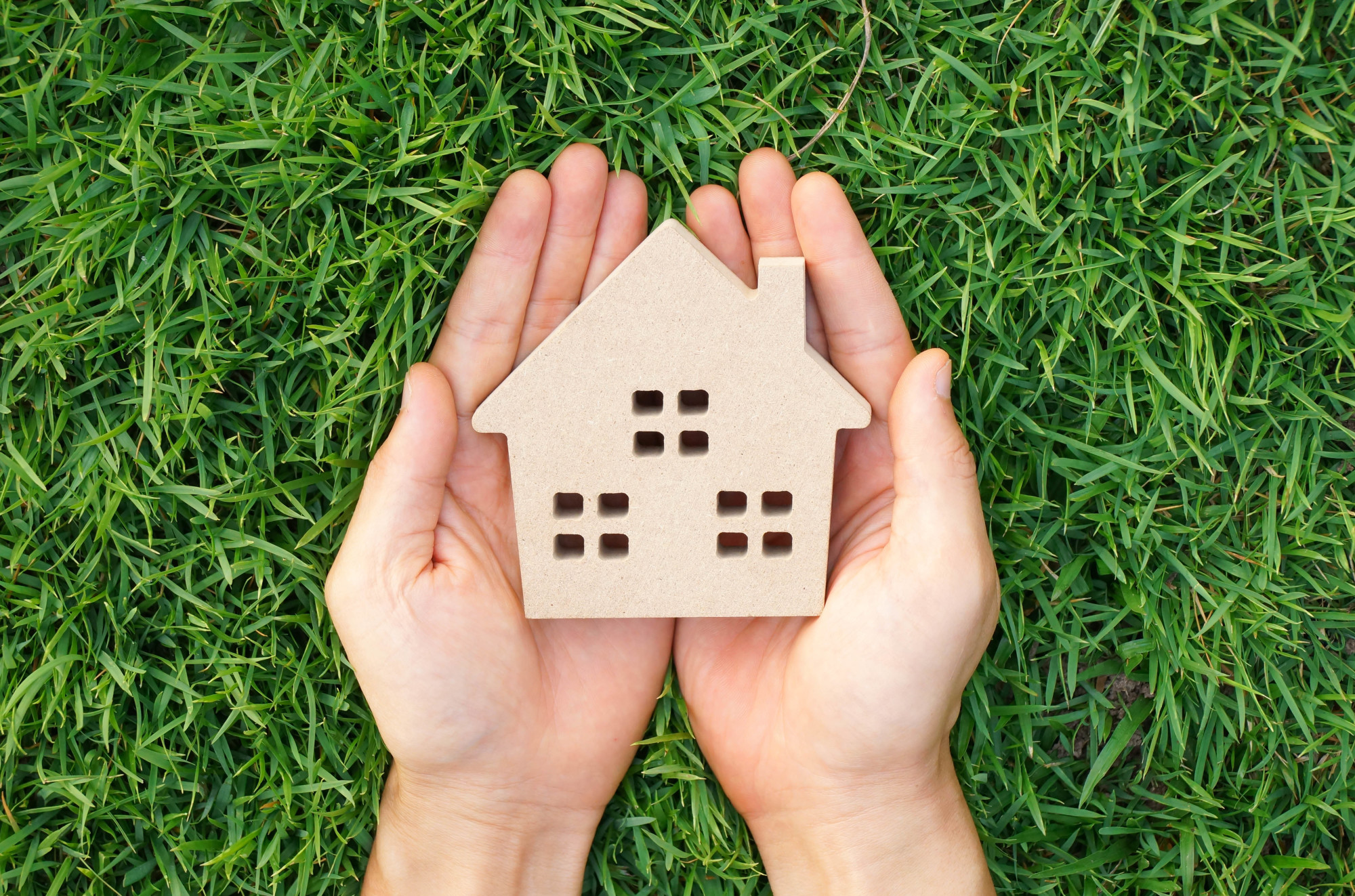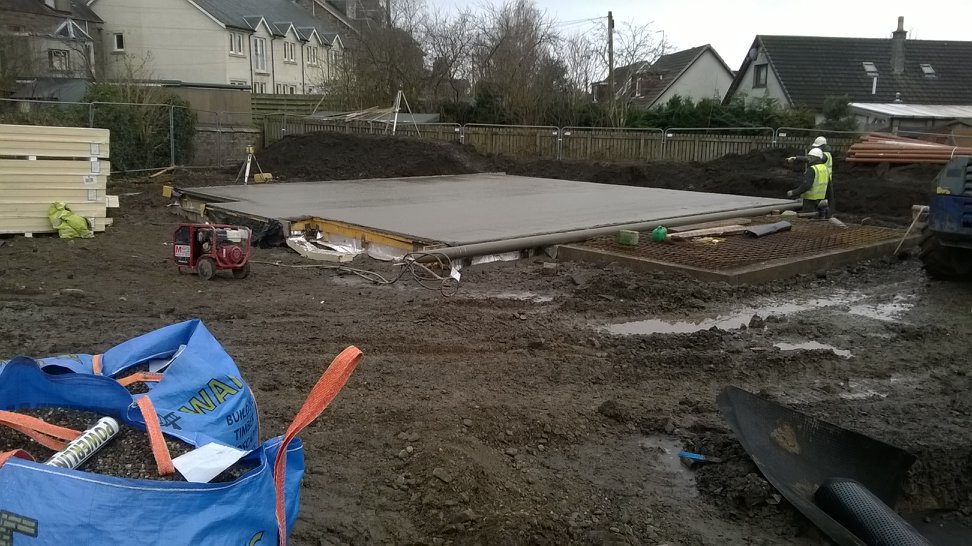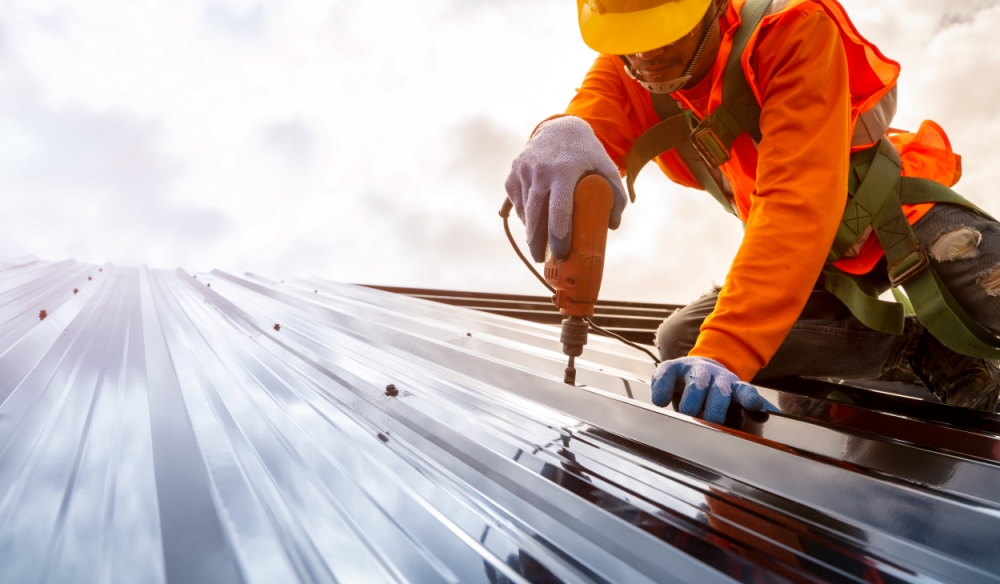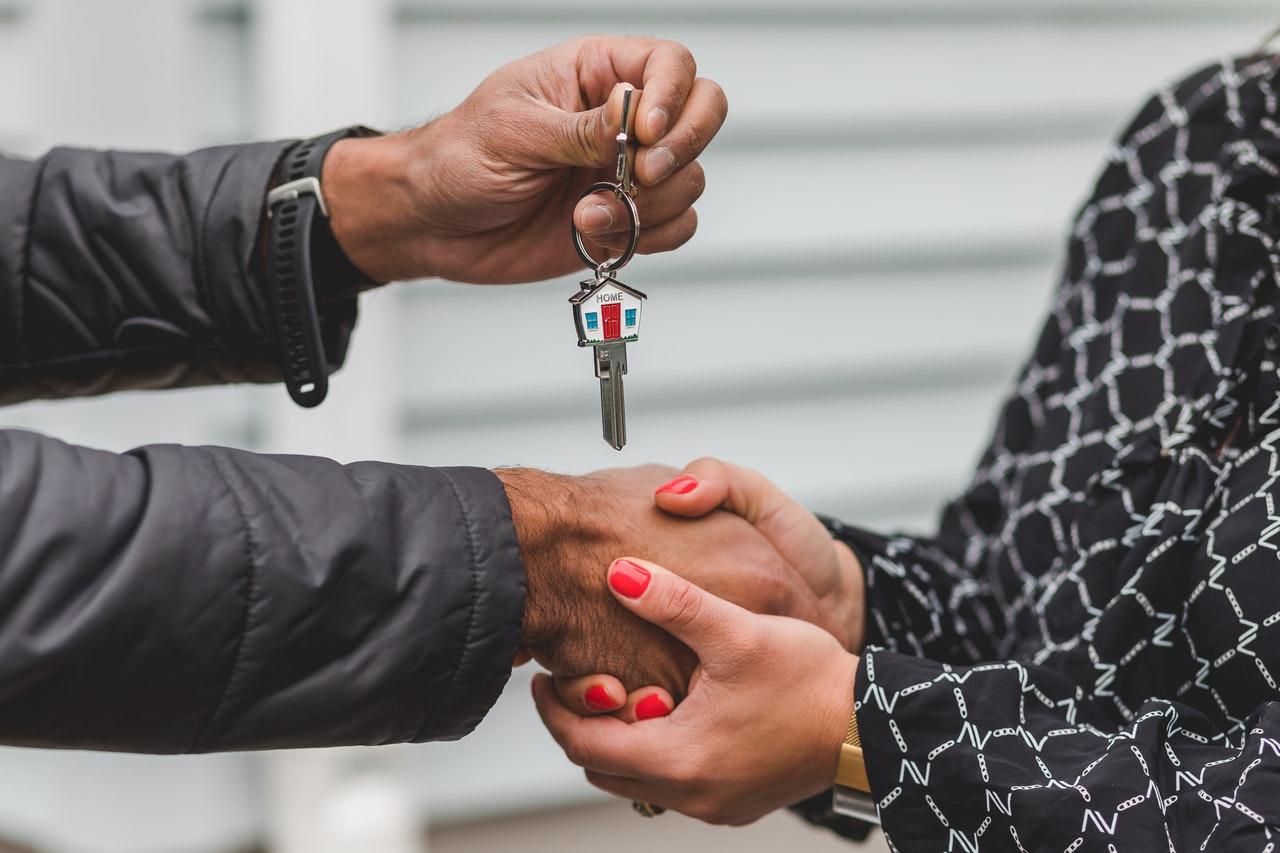You’ve heard the phrase “Go green.” But what does it mean? What is sustainable living, and how can you create your own sustainable home?
The answers to these questions and more await within. Welcome to sustainable living.
What Does Sustainable Living Mean?
Sustainability means creating or having something that you can sustain. When it comes to sustainable homes, this refers to the home’s ability to reduce its energy usage so that less of Earth’s resources are used up for you to live comfortably within your own home.
How Do You Make Make a Sustainable Home?
Creating a sustainable house can seem like an overwhelming task. But it doesn’t have to be if you break the process down into simple, manageable tasks.
Here are the steps you can take to create an eco-friendly home.
1. Set Goals
Setting goals is a significant first step. What do you want to accomplish? How eco-friendly do you want your home to be?
Setting specific, measurable goals will make it easier to track what progress has been made and how much more work needs to be done.
Here are some general questions that can help guide your thinking as you set those green living goals:
- What resources does my house currently use on a day-to-day basis (electricity, water)
- In which areas could I improve the most to lower my carbon footprint (heating/cooling usage, transportation usage)
- How would making sustainable lifestyle changes impact our monthly or yearly budget
Answering these questions will give you a better idea of what you’re working with and where to focus your efforts.
2. Install Solar Panels for Electricity
Choosing to install solar panels for electricity is one of the most eco-friendly things you can do.
Solar panels are an eco-friendly way to generate your own clean, renewable energy that won’t contribute to global warming or harm the environment.
Not only does this help reduce carbon emissions and air pollution, but it also means reduced utility bills. And that translates into energy cost savings.
Solar power isn’t perfect, though. It doesn’t produce enough electricity at night or during cloudy days. But if you live somewhere with many sunny days throughout the year, having a home powered by solar energy makes sense.
It would be best if you researched local providers before deciding about installing solar panels on your roof.
3. Install Energy-Efficient Light Bulbs
Switching out all of the light bulbs in your home with energy-efficient ones is one of the easiest, most affordable ways to green up your lifestyle.
Installing compact fluorescent lights (CFLs) reduces electricity costs and creates less pollution than traditional incandescent or halogen light bulbs. It’s an easy way to reduce greenhouse gas emissions without compromising your house’s brightness or lighting quality.
These days you can even buy LED light bulbs that are more eco-friendly than CFLs because they don’t contain mercury as their fluorescent counterparts do. Although these tend to be more expensive initially, they pay for themselves over time since LEDs last longer and use far less power compared with other types of lamps.
The bottom line is that you can start small when it comes to green living. Changing your light bulbs is one of the easiest and most affordable things you can do.
4. Install High-Efficiency Appliances
Replacing your old appliances with newer models that are more energy efficient is another way to green up your lifestyle.
Appliances like refrigerators, dishwashers, and clothes washers account for a significant portion of household water and electricity usage — 20% or more in most cases. Replacing them with newer high-efficiency models can help reduce the amount of power you use each month.
These appliances come in different categories depending on where they fall on the energy-efficiency scale. You can find EnergyStar certified ones, which means they’ve been tested to meet strict guidelines for energy usage.
It’s also important to remember that buying appliances with high-efficiency ratings is only part of the equation. You need to ensure these machines are properly maintained so that their performance stays at peak levels over time. If your dishwasher starts using more power than it did when it was brand new, take some time to clean its filter.
So don’t underestimate how much difference upgrading your appliances will make. Replacing an older fridge with one that’s more energy-efficient can save hundreds of dollars each year.
5. Use Energy-Efficient Heating and Cooling Systems
The heating and cooling systems in your house can account for about half of your energy usage.
Switching to an energy-efficient system designed with the latest technology can reduce this number substantially, lowering monthly utility bills along the way. A new air conditioner or furnace with a higher SEER rating will use less power than one without it while maintaining similar indoor temperatures.
And you’ll get all these benefits at no extra cost upfront. Most high-efficiency models are typically priced similarly to older models.
6. Improve Insulation and Ventilation
Insulating your home’s exterior is another way to reduce energy costs.
It can help you maintain a comfortable temperature indoors, even during the winter months when temperatures drop significantly outside. It also helps keep cool air in during the summer. So you don’t have to run your air conditioner as much, thus lowering both monthly bills and greenhouse gas emissions in one fell swoop.
Ventilating properly is just as important, if not more than insulating correctly. Homes with poor ventilation have significantly higher energy costs compared with those that have adequate ventilation. So including fans in your home will keep humidity levels low, which helps you save on air conditioning and heating bills.
7. Replace Windows and Doors
One of the best ways to keep your home warm in winter and cool in summer is to replace your old windows with new, energy-efficient ones.
This will allow you to set a comfortable indoor climate without using extra power from heating or cooling systems. And it’s one of the easiest upgrades you can make.
While not as common, installing high-quality doors on all entry points into a house also reduces monthly utility expenses by ensuring an efficient, airtight seal.
For even more effective energy-saving solutions, try out Energy as a Service.
Start Building a Sustainable Home Today
A sustainable home is one that can provide for the needs of its inhabitants without compromising nature. If you want to build a house with these principles in mind, look for ways to reduce your energy usage.
Start small, so you don’t have significant changes all at once, but keep the idea of sustainability top of mind as you make each upgrade. You’ll be amazed by how quickly it adds up.
We hope this guide helps you create a sustainable home and makes the process simple. For more interesting articles, keep exploring our blog.











